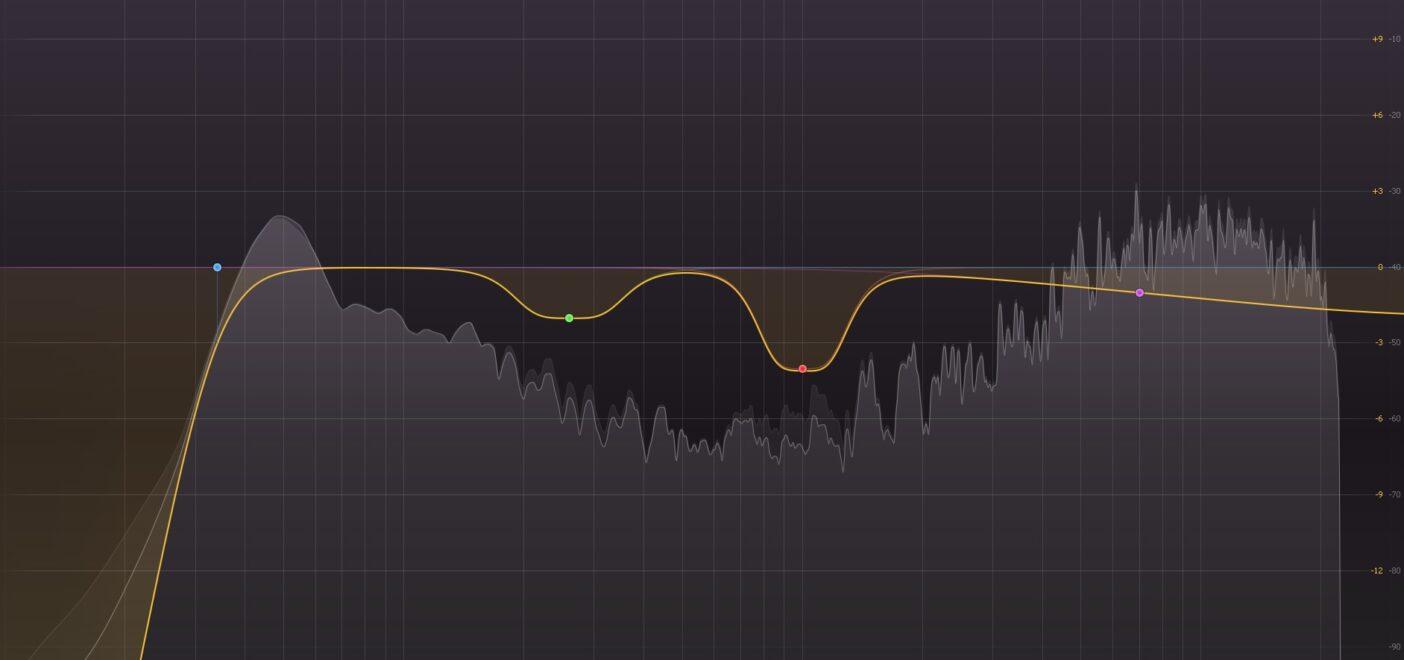If you’re producing your own music or recording a full band, you’ll likely be recording and mixing the whole song or album in a single project and should definitely consider reading «what is mixing?«. You’ll be mixing vocals alongside guitars, bass, drums, synths, and anything else. You can access each piece of the puzzle individually and make changes to a single track or group of tracks at your discretion. Every aspect can be put in solo, muted, compared, and adjusted accordingly. But what if you have to mix vocals to an instrumental track that’s already been mixed or even mastered? This might sound like a unique scenario, but it’s fairly common, especially for hip-hop producers. Those who create music by producing beats or those that require new vocal features or remixes will often find themselves mixing vocals over a fully-realized track. Even if you don’t foresee yourself doing this, it’s a useful skill to have. So here are four tips for properly mixing vocals to an instrumental track.
1. Make Room for the Vocal
From the start, you’ll be looking at two distinct pieces: the instrumental track and the dry vocal track. Your end goal is to match the sound of the dry vocal track to that of the mixed and mastered instrumental. Otherwise, these pieces will stack uncomfortably rather than mesh into one package. The first step to achieving this blend is allowing space for the vocal track.

Space in a mix is achieved in several ways. The most noticeable element here is loudness. If the instrumental track is mastered, it’s probably a lot louder than the vocal track. You’ll want to lower its volume so the vocal can stand out. Then, you have to pay attention to EQ. Keep in mind that the instrumental track has already been processed with EQ, so you don’t want to tinker with it too much.
However, look at the track through a spectrum analyzer to see where there may be room for vocals. The vocal track will typically sit higher on the frequency spectrum, so if that space is already pretty full, you may have to do some subtractive EQ work on the instrumental to open that space up. Since you don’t want to adjust the instrumental’s EQ profile too much, you might instead want to use a transient designer plugin. This will allow you to reintroduce the dynamics of a compressed instrumental track, thus creating more space for vocals.
2. Clean Up and Clarify the Vocal Track
Once you’ve created a place for the vocals to sit, it’s time to process the vocals on their own. How you approach mixing vocals will depend on several factors, such as the genre of the song, the vocal recording technique, the overall tone of the mix, the arrangement, and how the vocals were recorded. But before you get too deep into the details, there are some general rules for vocal processing that will get you started.

If the vocal track is completely raw, you’ll want to make sure its levels are consistent. You don’t want the track jumping all over the place. You can begin by adjusting clip gain to bring all amplitudes to a more even level. Alternatively, use a vocal plugin like the Waves Vocal Rider, which automatically detects vocal levels and prevents excessive dips or peaks. Once you’ve done this, compress the vocals to further solidify the track. The amount of compression you use will depend on how dynamic you want the vocals to be. From here, you can begin filtering and EQing the vocal track. However, some of this is better done in context while mixing vocals to an instrumental. That brings us to tip #3.
3. Context is Key When Mixing Vocals to an Instrumental: Pay Attention to Tone
With a crisp, balanced vocal track and an open instrumental, you’re well on your way to blending the two. Now is the time to pay attention to both parties and adjust accordingly. Most of the moves you make will take place on the vocal track, of course. But begin by really listening to and looking at the instrumental. It will have a distinct tonal quality or timbre that the vocals must match.
For instance, is the instrumental bass-heavy? Or does it feature crispy, snappy snares and bright strings? Every beat and instrumental is different, and its tone will determine how you manipulate the vocals. You may need to further adjust EQ, add or reduce vocal compression, create doubles, pitch shift, and pan the vocal track. Use all the processing tools at your disposal to allow the vocal tone to match that of the instrumental.
4. Use Effects Wisely
Lastly, consider what effects are present in the instrumental and which ones should also be present in the vocals. Also, think about what effects would work to make the vocal stand out without separating it from the instrumental. Whether mixing vocals to an instrumental track or not, most of them benefit from subtle reverb and, in some cases, delay. If the instrumental is distorted or fuzzy, you might try adding these effects to the vocal track as well. Tinker with the wet/dry ratio to find the proper balance. After all, you still want the vocals to cut through.

Conclusion
Whether you find yourself mixing vocals to an instrumental or not, knowing how to blend a standalone track with a fully mixed track is a useful tool in your arsenal. It will open up doors for future production work for your own projects and for others. Plus, it’s a fun challenge! Allow room for the vocals, clarify the vocal track, adjust its tone to match the instrumental, and use effects to further blend the two together. And don’t be afraid to experiment!
Sobre el autor

Ethan Keeley
Escritor, locutor, músico y editor de audioEthan Keeley es músico, locutor y escritor de Rochester, Nueva York. Cuando no está de gira con su grupo Unwill, trabaja en nuevas canciones e historias.
Deja un comentario
Inicia sesión para comentar


